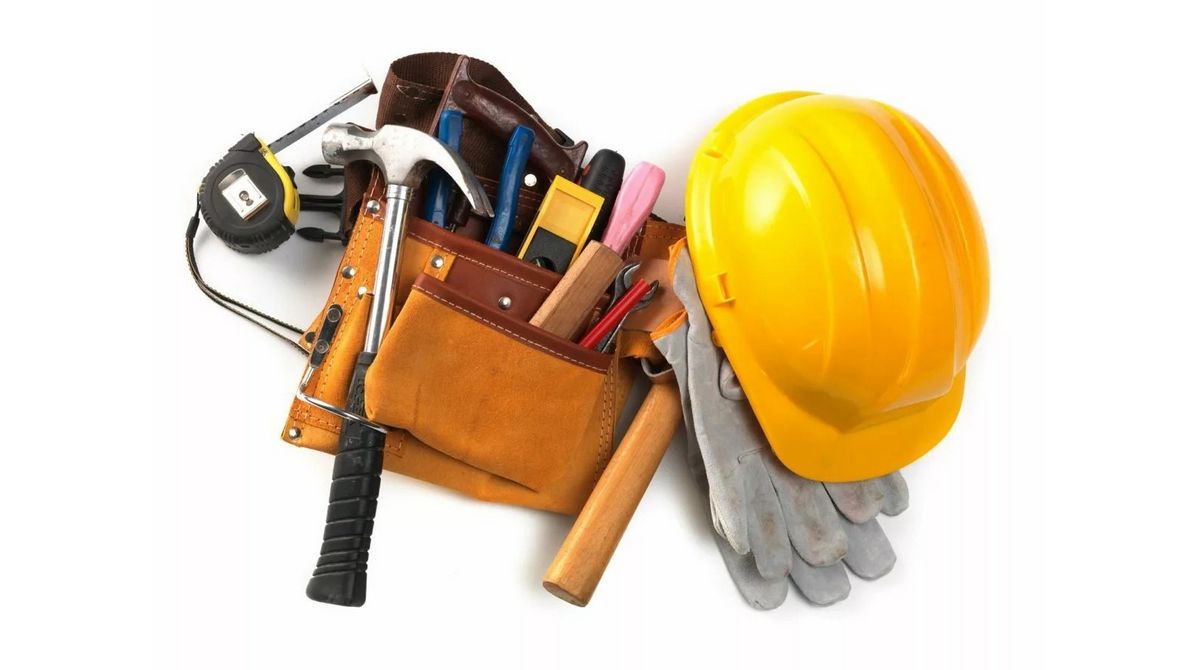
CE Certification According to the Construction Products Regulation
What Products Are Covered by the 305/2011/EU Construction Products Regulation?
The 305/2011/EU Construction Products Regulation of the European Union applies to all products used in civil engineering projects that become an integral part of the structure. Construction materials used in projects such as reinforced concrete buildings, steel structures, bridges, tunnels, and asphalt roads fall under this regulation and must carry the CE marking.
This regulation not only requires products to be part of a structure but also mandates that they provide specific performance characteristics. A product must contribute to at least one of the following seven essential characteristics to be subject to CE marking:
- Mechanical Strength and Stability – Structural steel products (EN 1090, EN 10219), cement, and concrete products (EN 197, EN 12620).
- Safety in Case of Fire – Fire alarm systems (EN 54), reaction and resistance to fire testing (EN 13823).
- Hygiene, Health, and Environmental Protection – Chimney systems (EN 1856), waterproofing products (EN 13249).
- Accessibility and Safety in Use – Doors and windows (EN 14351), flooring materials (EN 14041).
- Noise Protection – Acoustic insulation tests (EN ISO 10140).
- Energy Efficiency and Thermal Insulation – Thermal insulation products (EN 13163).
- Sustainable Use of Natural Resources.
At SERTİFİKE, we help you determine whether your products fall within the scope of this regulation and provide professional support to ensure compliance with the relevant standards.
CE Certification Processes in the Construction Products Regulation
This regulation defines different certification processes based on the risk level of the products. These processes are known as "Assessment and Verification of Constancy of Performance (AVCP) Systems", which are divided into five categories:
- System 1+ – Includes sampling, type testing, production control, and annual audits.
- System 1 – Includes sampling, type testing, and annual audits.
- System 2+ – Covers production control and annual surveillance audits.
- System 3 – Involves only type testing.
- System 4 – A system where notified bodies are not required to be involved.
The first step for manufacturers is to identify the harmonized standards applicable to their products. These standards determine which certification system applies to the product. Our SERTİFİKE experts guide you through this process, helping you establish the correct certification roadmap.
Cost and Duration of CE Certification Processes
There are over 600 harmonized standards under the Construction Products Regulation, leading to significant differences in certification costs and timelines. Factors such as the applicable standard, the product's intended use, required testing, and the AVCP system play a crucial role in determining costs and duration.
At SERTİFİKE, we provide a detailed assessment tailored to your products, offering a clear plan for the process and costs. Our comprehensive consultancy and technical support services ensure that your products can successfully enter international markets.









